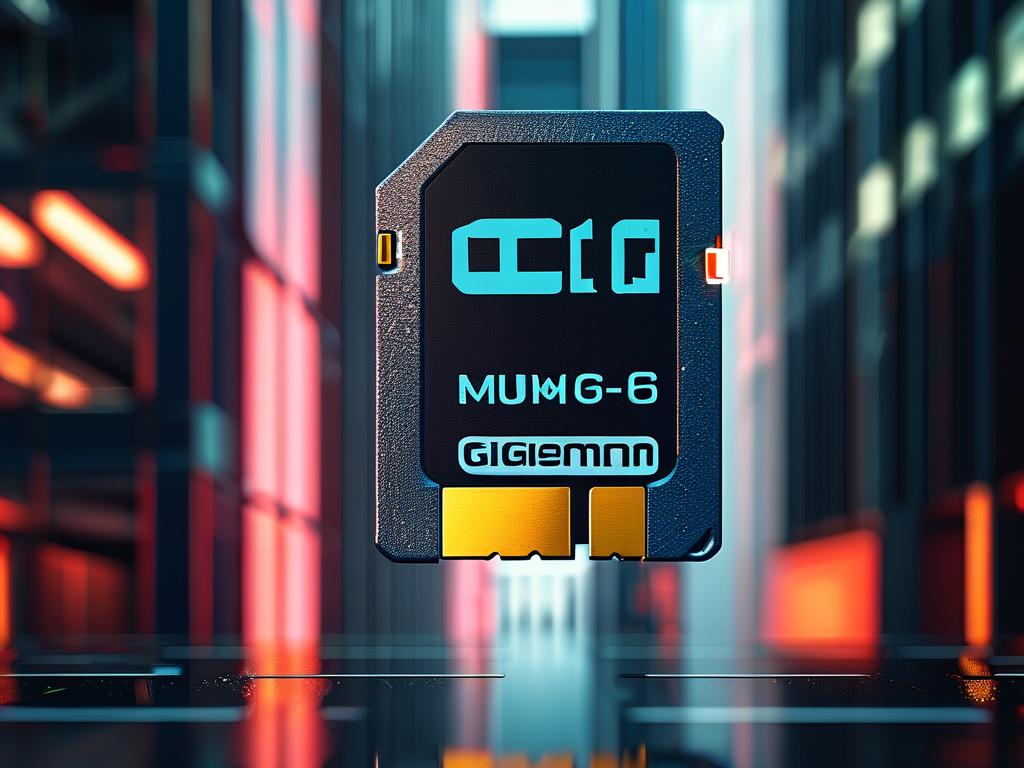With the growing popularity of smart home security systems, Xiaomi cameras have become a preferred choice for millions of users worldwide. However, many users struggle with understanding how to calculate and manage storage requirements effectively. This article explores practical methods to estimate memory usage for Xiaomi cameras and offers optimization strategies to enhance performance while minimizing costs.
Understanding Storage Fundamentals
Xiaomi cameras support various storage options, including local microSD cards and cloud-based solutions. The amount of storage required depends on three primary factors: video resolution, frame rate, and recording mode (continuous vs. event-based). For instance, a 1080p camera recording continuously at 30 frames per second (fps) consumes significantly more storage than a 720p device set to record only when motion is detected.
To calculate daily storage needs, users can apply this formula:
Daily Storage (GB) = (Bitrate in Mbps × 60 seconds × 60 minutes × 24 hours) / (8 × 1024) For example, a Xiaomi camera with a 4 Mbps bitrate would require approximately 42.2 GB per day. This calculation highlights why optimizing settings is critical for long-term storage management.
Optimizing Camera Settings
- Resolution Adjustment: Lowering resolution from 2K to 1080p can reduce storage consumption by up to 40% without drastically compromising video clarity for most residential applications.
- Frame Rate Tuning: Reducing fps from 30 to 15 cuts storage needs in half while maintaining smooth playback for routine monitoring.
- Smart Event Detection: Enabling motion-activated recording instead of 24/7 capture can decrease storage usage by 60–80%, depending on environmental activity levels.
Storage Expansion Strategies
Xiaomi cameras support microSD cards up to 256GB, which can store 4–30 days of footage depending on configuration. For extended coverage, users can:
- Implement cyclical overwriting to auto-delete older footage
- Integrate Network-Attached Storage (NAS) systems for multi-camera setups
- Combine local and cloud storage for critical event backups
Technical Considerations
Modern Xiaomi models use H.265 video compression, which improves efficiency by 50% compared to older H.264 standards. However, this advanced codec requires compatible playback software. Users should also account for firmware updates, which may temporarily increase storage allocation during installation.

Cost-Effective Solutions
A 128GB microSD card typically provides 7–14 days of storage for average home use, costing less than $20. For comparison, Xiaomi’s cloud service starts at $1.99/month for 7-day video history. Hybrid approaches—using local storage for real-time monitoring and cloud backups for important events—often deliver the best balance of reliability and affordability.
Troubleshooting Common Issues
Unexpected storage depletion often stems from:
- Unoptimized motion detection zones capturing frequent false positives
- Failure to format storage devices using camera-native tools
- Software bugs causing duplicate recordings
Regularly reviewing footage patterns and updating camera firmware can mitigate these problems. Advanced users may explore third-party tools like TinyCam Pro for enhanced storage analytics.
Future-Proofing Your System
As AI-powered features like facial recognition become standard, storage demands may evolve. Xiaomi’s roadmap suggests future models will incorporate edge computing to process data locally, potentially reducing cloud dependency. Users planning multi-camera systems should consider scalable storage solutions from the outset.
By applying these principles, Xiaomi camera owners can create tailored storage strategies that balance security needs with practical constraints. Whether protecting a small apartment or a large property, smart configuration choices ensure reliable surveillance without unnecessary hardware investments.










